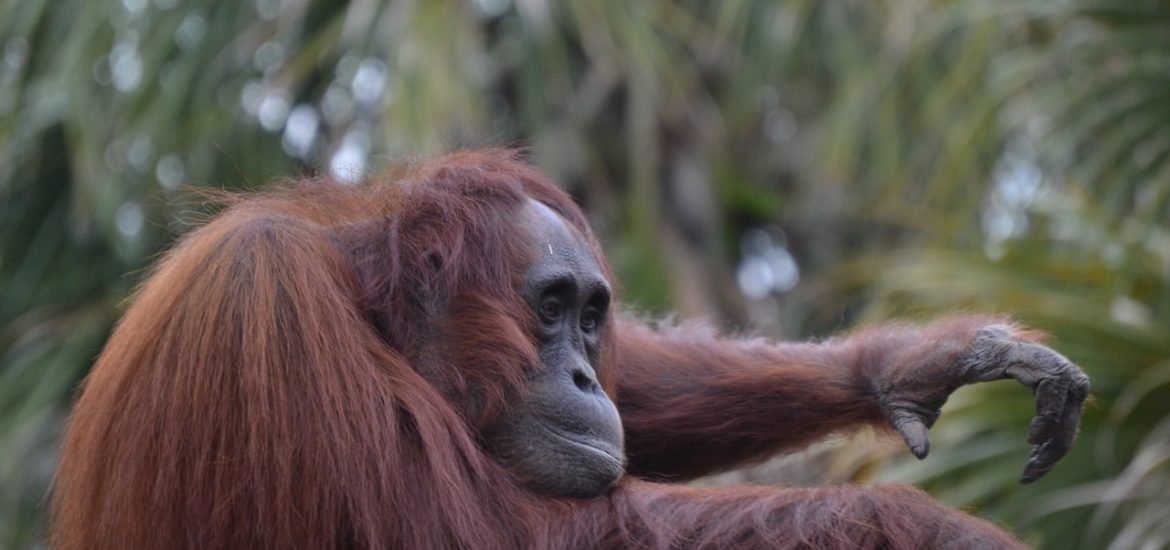
According to the recent report by experts from the Intergovernmental Science-Policy Platform on Biodiversity and Ecosystem Services (IPBES), one million species are (could be) threatened! We are moving inevitably towards a 6th mass extinction of living species, worse even than the one that led to the disappearance of dinosaurs (- 65 million years ago). This could sum up the shock findings of their report. A warning in the same vein as those litanies of doom that have become commonplace about the environment, biotechnology, pesticides, or energy…!
It is somewhat unfortunate to see that these “experts” are building their “scientific” bases and the conclusions they draw from them on extremely fragile foundations because, in fact, we do not know how many species even exist, we do not know the numbers appearing nor those disappearing. Nor is it known how many new species have developed across all individuals classified within a given species.
It is obvious that based on estimates of the number of unknown species (which vary, according to the experts themselves, from 1 million to 100 million, no small difference!), the extinction could be categorised as more or less significant.
Just because you no longer see a species in a given environment does not mean that you should ipso facto class it as an extinct species! Most of the time, it has migrated elsewhere to an environment where it can thrive better.
Examples have been published in the press in recent months indicating, for example, that sea turtles have reappeared, that a black panther has been photographed (having been off the radar for over 40 years) but also symbolic animals like pandas, tigers, elephants, tuna, etc. were on track to maintain their numbers at a level that no longer gives rise to fears about their extinction!
Are the experts aware that the future of any species is either to evolve or to disappear? Wanting to stop evolution by conserving, at all costs, threatened species that do not have the adaptive capacities to survive in a new environment is doomed to failure whether it be in the short or long term, especially if environmental conditions change in a sustainable way.
Do these experts know that Life is constantly undergoing mutations? Which constitutes a major engine of Evolution. Ludger Wess, a German researcher, published details (last December) that wheat, on a single hectare, underwent 20 billion mutations (previously this number was estimated at more like 1 million)… which corresponds to an average of 160 mutations per grain. Even if the number of mutations is closer to the previous estimate and varies according to the environment in which a given organism lives (particularly aquatic) and depends on the organism, mutations are consistently at the origin of considerable biodiversity and always have been. To this genesis of “natural” biodiversity, we can add the one, that is just as “natural”, resulting from sexual reproduction.
Some are also concerned about the threat of biodiversity loss for our food (Graziano da Silva, President of FAO). In previous centuries, the farmer had little control and was at the mercy of the hazards of the climate, and there were numerous famines when conditions were unfavourable (excess or lack of water, extreme temperatures; pests). Man was therefore forced to restart with plants that had “survived” the famine on a much narrower basis of biodiversity. Since the last century and thanks to considerable progress in genetics, plant physiology and agronomic techniques, we have been able to create and increase this biodiversity through the use of increasingly sophisticated and precise improvement techniques, which can now focus on specific traits.
The progress in terms of agronomic qualities, resistance/tolerance to various biotic and abiotic stresses, and use value, are spectacular. The available biodiversity that exists within each cultivated species is quite considerable (a farmer can, for example, choose between more than 1500 varieties of maize… and a little less for wheat varieties) and in all cases, many varieties are created each year (at least 600 in France alone).
We are at such a point of not understanding the issues that we may reasonably wonder whether those who support biodiversity, as well as those who oppose the development of biotechnology, are not generating fear and deliberately maintaining it to ensure that they receive subsidies to obtain funds for research that has become “fashionable” because of misunderstandings about ecology!
This post is also available in: FR (FR)DE (DE)